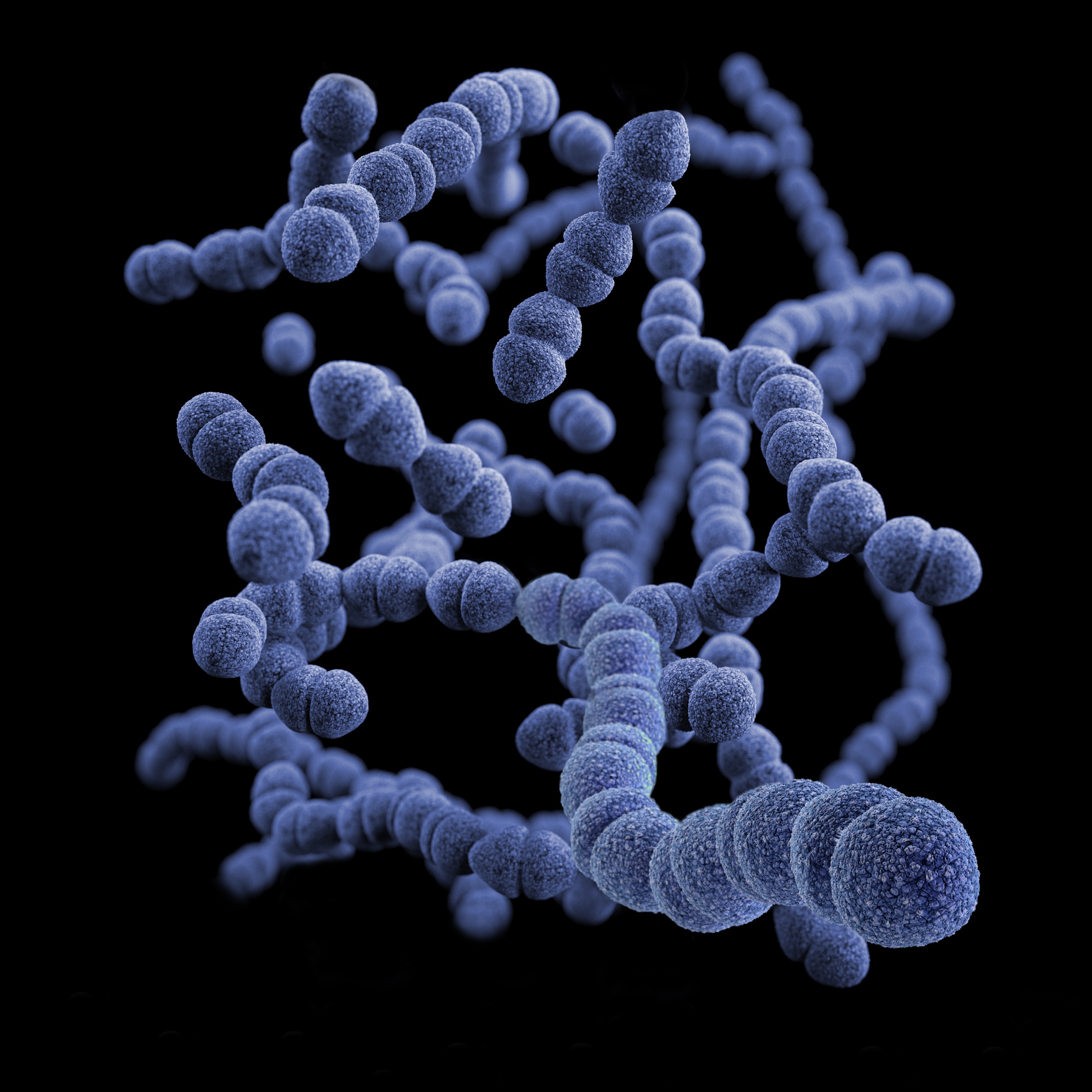Infection Control Risk Assessment Contractors
acquisition-inquiries
ICRA stands for “Infection Control Risk Assessment.” It is a systematic process used in healthcare settings to evaluate and manage the potential risks associated with the spread of infections, particularly in environments where patients, healthcare workers, and visitors come into close contact. The goal of ICRA is to minimize the risk of healthcare-associated infections (HAIs) and maintain a safe environment for everyone involved.
Elaborating on the ICRA process:
- Assessment: The first step involves assessing the healthcare facility’s physical layout, patient population, procedures, and processes. This includes understanding the types of patients being treated (e.g., immunocompromised, elderly, pediatric), the types of procedures performed, and the potential sources of infections.
- Identification of Risks: Based on the assessment, potential sources of infection and modes of transmission are identified. This can include assessing risks related to air quality, water supply, medical equipment, patient interactions, and more. Potential routes of transmission (contact, droplet, airborne) are considered.
- Categorization of Patients: Patients are categorized based on their susceptibility to infections. This helps determine the appropriate infection prevention measures for each patient group. For example, patients with compromised immune systems might require stricter precautions.
- Risk Ranking: Risks are ranked based on factors such as the likelihood of transmission, severity of potential infections, and the vulnerability of patients. This ranking helps prioritize areas that need immediate attention.
- Control Measures: Appropriate control measures are implemented to minimize the identified risks. These measures can include:
- Engineering Controls: Modifying the physical environment to prevent or reduce the spread of infections. This might involve installing air filtration systems, creating negative pressure rooms, or isolating infectious patients.
- Administrative Controls: Implementing policies and procedures to manage infection risks. This can involve creating guidelines for hand hygiene, isolation protocols, visitor restrictions, and staff education.
- Personal Protective Equipment (PPE): Ensuring that healthcare workers have access to the appropriate PPE, such as gloves, masks, gowns, and eye protection, to reduce the risk of exposure.
- Education and Training: Providing education and training to healthcare staff, patients, and visitors about infection prevention practices and the importance of adhering to protocols.
- Monitoring and Adaptation: Continuous monitoring and evaluation of the implemented measures are crucial. This involves assessing whether the controls are effective in reducing infection risks and making adjustments as needed based on new information or changing circumstances.
ICRA is a dynamic process that evolves based on the specific needs and challenges of each healthcare facility. It requires collaboration among various stakeholders, including infection control teams, healthcare workers, facility managers, and administrative staff, to create a safe and infection-free environment for patients and staff alike.
- CoP = Conditions of Participation
- HCO = Healthcare Organization
- HCP = Healthcare Personnel
- IPC = Infection Prevention and Control
- NHSN = National Healthcare Safety Network
- OHS = Occupational Health Services
- OSHA = Occupational Safety and Health Administration
- PPE = Personal Protective Equipment
- TB = Tuberculosis

Depending on HCO management structure and type of risk, OHS may lead some risk assessment and reduction activities or collaborate with other HCO departments, such as IPC services, that lead these efforts. Such activities could include improving access to services by providing resources at off-site job locations during work hours, or working with supply management counterparts to ensure HCP access to correct PPE. Examples of Hazard Identification, Risk Assessment, and Risk Reduction Activities lists examples of risk assessments and reduction strategies that might commonly involve OHS.

Controlling exposures to occupational infections is a fundamental method of protecting HCP. Traditionally, a hierarchy of controls has been used as a means of determining how to implement feasible and effective control solutions. The hierarchy ranks controls according to their reliability and effectiveness, leading with “Elimination” of a potential hazard, whereby it is completely removed, and ending with “PPE” that relies on correct, consistent use.

Risk assessments may be prompted by the desire to create a safer workplace; federal, state, or local requirements; and by incidents, such as reports of exposures or illnesses among HCP, infectious disease outbreaks, and device and equipment failures resulting in HCP exposures or injuries. Risk assessments can also yield data used for performance measurement, facility accreditation, service improvements, regulatory compliance, and other quality assurance activities.
